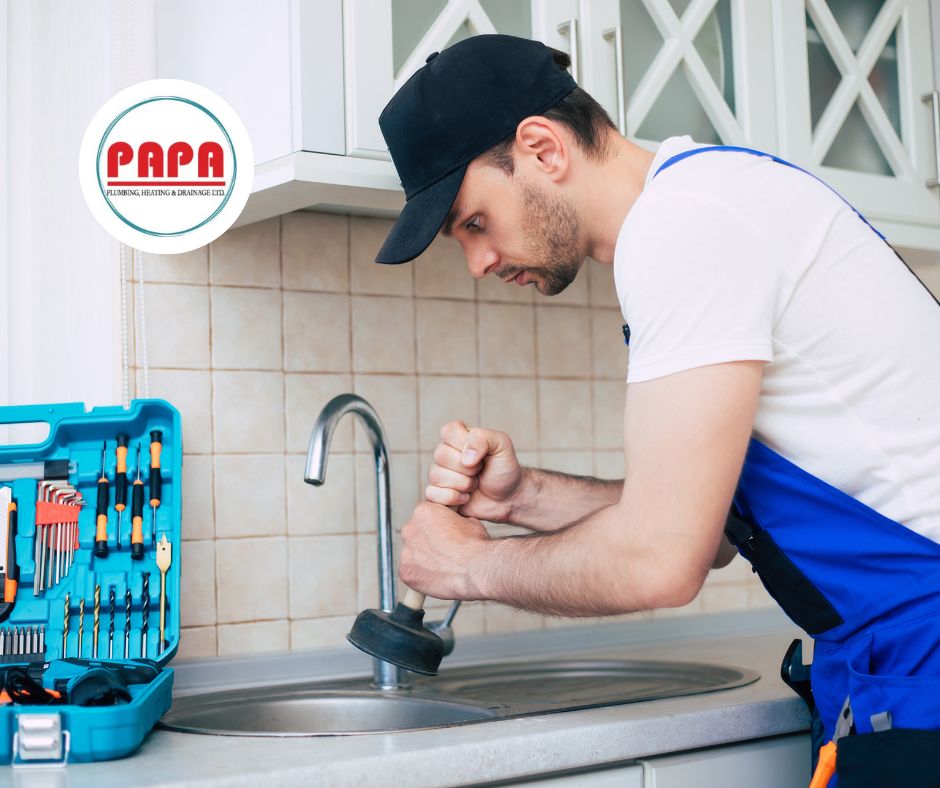The Ultimate Guide to Keeping Your Kitchen Drains Clear and Functional
Welcome to 'The Ultimate Guide to Keeping Your Kitchen Drains Clear and Functional'. This comprehensive manual provides a detailed, technical exploration of kitchen drain systems, and delivers expert-led advice on maintaining their optimal functionality.
The guide is designed to empower homeowners with the knowledge and skills necessary to prevent and address common drain issues, fostering a sense of belonging and competence.
Herein, you will find the foundational understanding of kitchen drain mechanics, paired with essential drain maintenance strategies, formulated through years of professional experience.
Embrace the prospect of mastering this often-overlooked aspect of home upkeep, as you delve into an enriching journey towards achieving and maintaining clear, functional kitchen drains.
Understanding Kitchen Drain Basics
To ensure effective maintenance of your kitchen drains, it is imperative to first comprehend the fundamental mechanics and functionality behind these essential fixtures.
The primary purpose of kitchen drains is to transport waste water from sinks and appliances out of your home. This process involves a complex system of interconnected pipes, often constructed from PVC or copper.
The drain pipe, typically 1.5 to 2 inches in diameter, is connected to a larger sewer pipe through a P-trap - a pipe shaped like a 'P' that traps debris and prevents sewer gases from entering the home.
Understanding these basic elements and their role in the overall functionality of the drain system is a crucial first step in effective kitchen drain maintenance.
Essential Drain Maintenance Tips
While understanding the basics of kitchen drain functionality is indispensable, it is equally important to regularly employ certain maintenance practices to ensure their optimal performance and longevity.
Regular Cleaning: Regularly cleanse your drain with a mixture of baking soda and vinegar, followed by hot water, to prevent build-ups of debris and grease. This simple yet effective practice can save you from potential clogs and costly repair work.
Use of Strainers: Implementing sink strainers can catch larger food particles and prevent them from entering the drain, reducing the risk of blockages.
Professional Inspection: Seek professional assistance for annual drain inspections. They have the expertise to identify and rectify potential issues, ensuring your drains continue to function efficiently.

